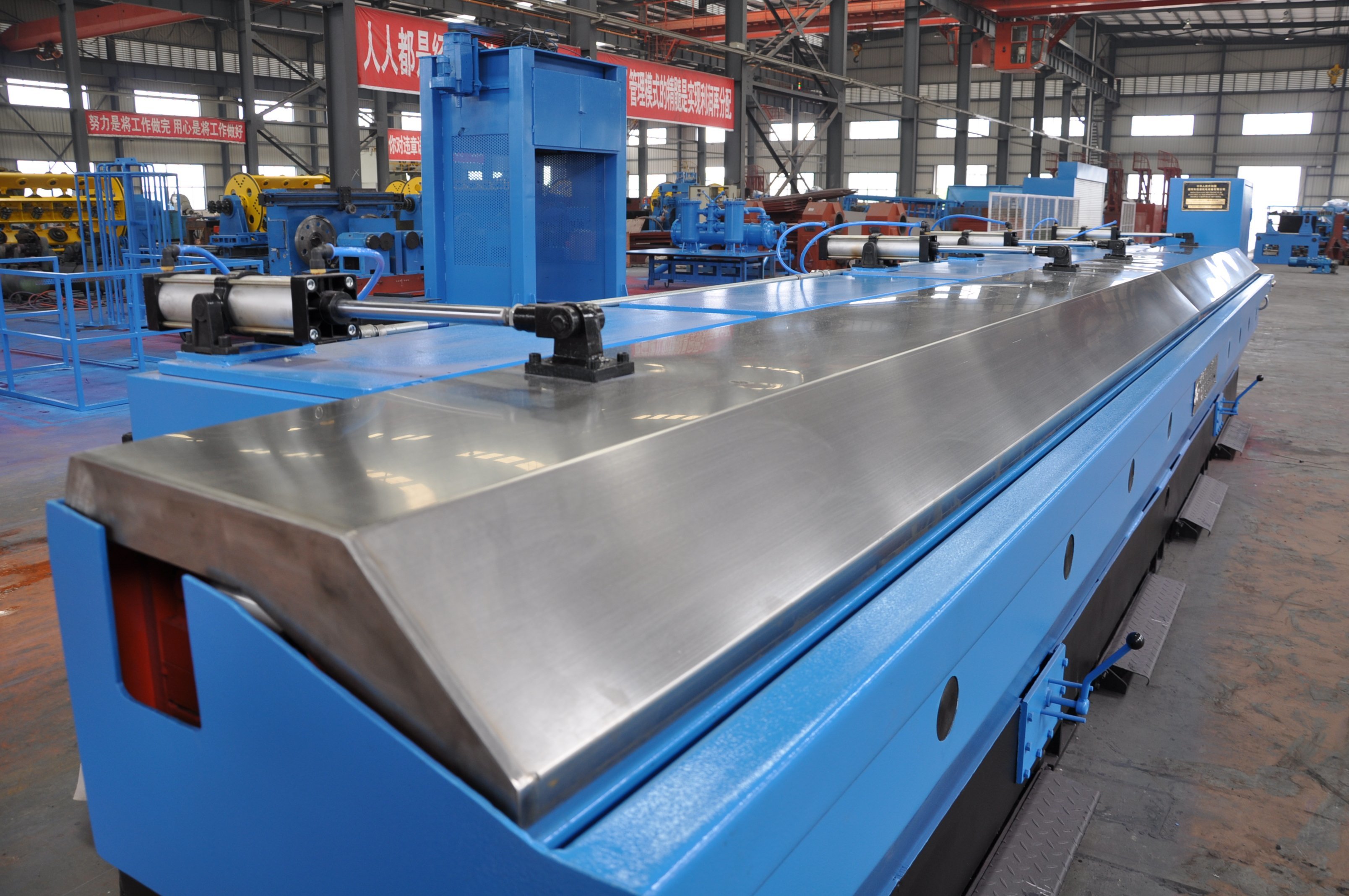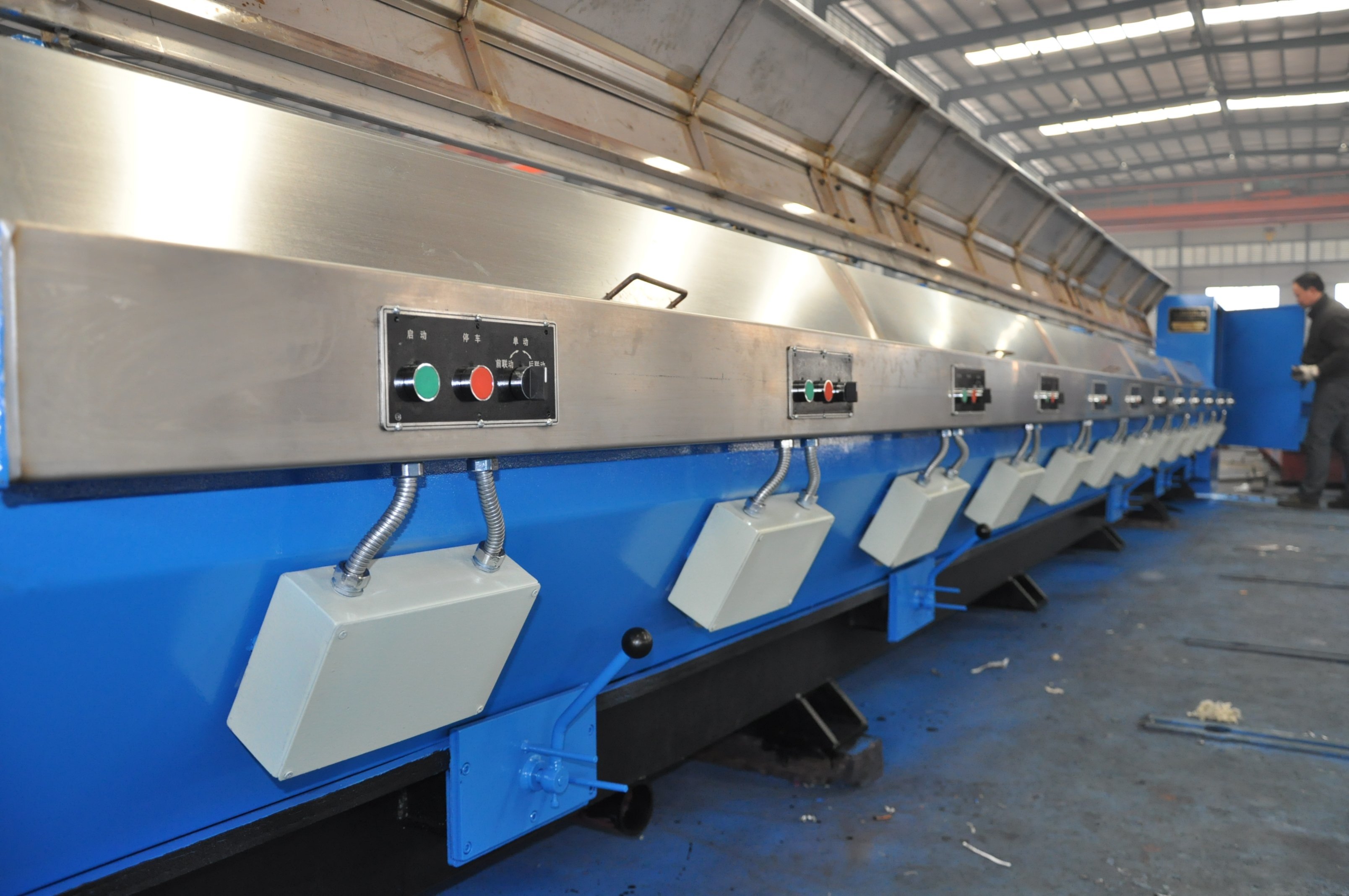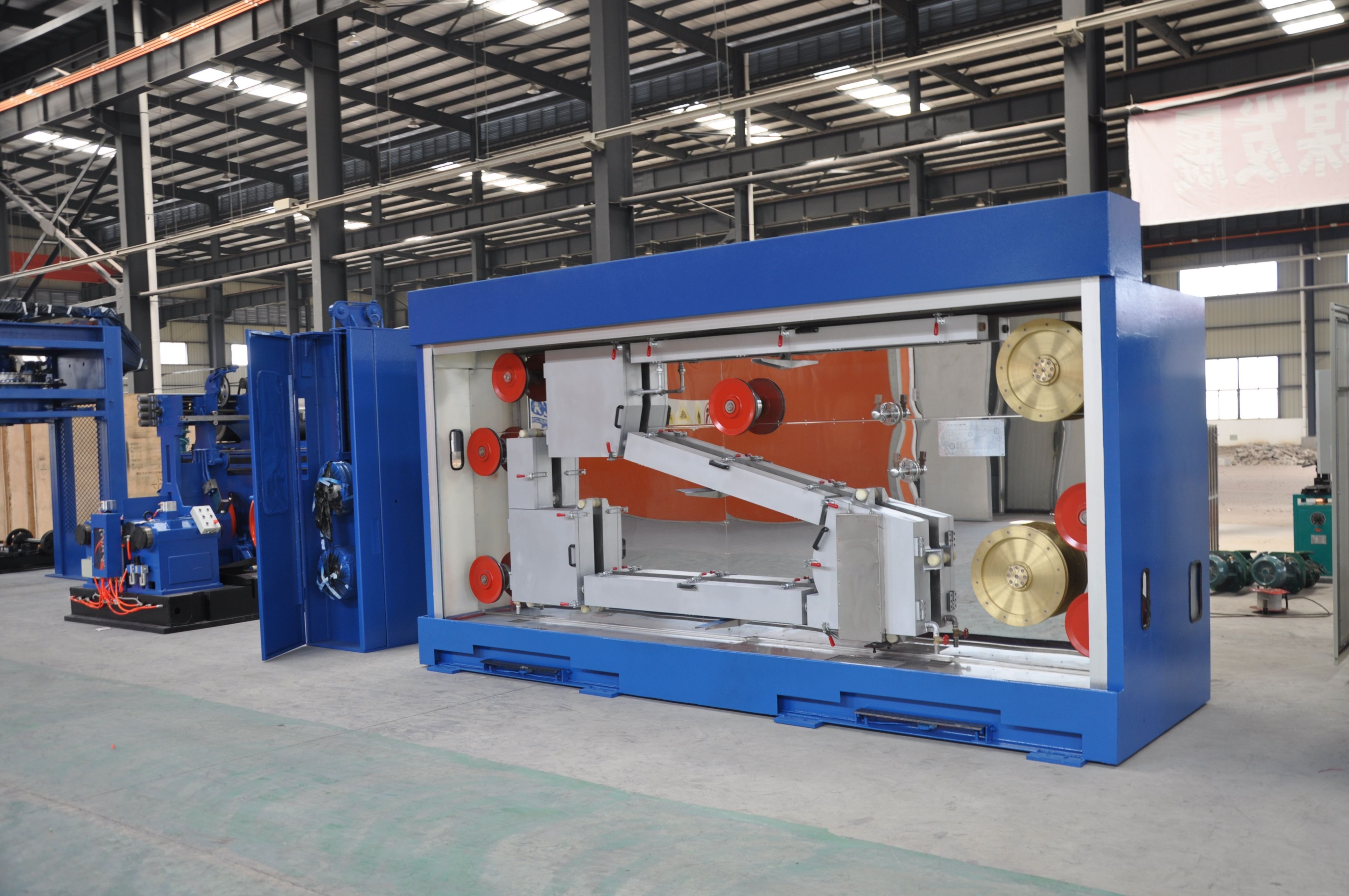NEWS CENTER
NEWS CENTER
NEWS CENTER
Do you use these tools for machinery?
Release time:
2023-02-23
Steel ruler
The steel ruler is the simplest length measuring tool, and its length is available in four sizes: 150, 300, 500 and 1000mm. The picture below is the commonly used 150mm steel ruler.
The steel ruler is used to measure the length dimension of a part, and its measurement results are less accurate. This is because the spacing of the steel ruler is 1mm, and the width of the line itself is 0.1~0.2mm, so the reading error when measuring is relatively large, and only the number of millimeters can be read, that is, its minimum reading value is 1mm, and the value smaller than 1mm can only be estimated.
If the diametersize (shaft diameter or aperture) of the part is measured directly with a steel ruler, the measurement accuracy is worse. The reason for this is that, in addition to the large reading error of the steel ruler itself, it is also because the steel ruler cannot be placed exactly in the correct position of the part diameter. Therefore, the measurement of the diameter and size of the part can also be carried out by combining the steel ruler and the inner and outer calipers.
Two
Internal and external calipers
The picture below shows two common internal and external calipers. The inner and outer calipers are the simplest comparative gauges. The outer calipers are used to measure the outer diameter and plane, and the inner calipers are used to measure the inner diameter and grooves. They themselves can not directly read the measurement results, but the measured length size (diameter also belongs to the length dimension), read on the steel ruler, or remove the required size on the steel ruler, and then check whether the diameter of the part is met.
1, the adjustment of the jaw opening first check the shape of the jaws, the shape of the jawshas a great impact on the accuracy of measurement, should pay attention to often trimming the shape of the jaws, the figure below shows the calipers
Contrast between goodand bad jaw shapes.
When adjusting the opening of the caliper, gently tap both sides of the caliper foot. First use both hands to adjust the caliper to an opening similar to the size of the workpiece, then tap the outside of the caliper to reduce the opening of the caliper, and tap the inside of the caliper to increase the opening of the caliper. This is shown in Figure 1 below. However, the jaws cannot be directly tapped, as shown in Figure 2 below. This can cause measurement errors due to damage to the measuring surface of the jaws of the calipers. Moreover, it is not possible to tap the calipers on the guide rails of the machine. This is shown in Figure 3 below.
2. When the size is removed on the steel ruler using the outer caliper, as shown below, the measuring surface of one jaw foot leans against the end face of the steel ruler, and the measurement face of the other clamp foot is aligned with the middle of the required size line, and the connection of the two measuring surfaces should be parallel to the steel ruler, and the line of sight should be perpendicular to the steel ruler.
When using the size of the outer caliper on the steel ruler to measure the outer diameter, to make the line of the two measuring surfaces perpendicular to the axis of the part, when sliding through the outer circle of the part by the weight of the outer caliper, the feeling in our hands should be that the outer caliper and theouter circle of the part are exactly in point contact, and the distance between the two measuring surfaces of the outer caliper is the outer diameter of the part to be measured. Therefore, measuring the outer diameter with the outer caliper is to compare the tightness of the contact between the outer caliper and the outer circle of the part, as shown below, and the self-weight of the caliper can just slide down. If there is no contact feeling in our hands when the caliper slides over the outer circle, it means that the outer caliper is larger than the outer diameter of the part, if the weight of the outer caliper cannot slide through the outer circle of the part, it means that the outer caliper is smaller than the outer diameter size of the part. Do not place the caliper skewed on the workpiece to measure, this can cause errors. As shown in the following figure. Because the caliper is elastic, it is wrong to press the caliper hard over the outer circle, and it is not possible to put the caliper sideways, as shown in the figure below. For large-sized calipers, the measurement pressure that slides through the outer circle of the part by its own weight is already too large, and the calipers should be supported for measurement, as shown in the figure below.
3. When measuring the inner diameter with the inner caliper, the line of the measuring surface of the twojaws should intersect perpendicular to the axis of the inner hole, that is, the two measuring surfaces of the clamp feet should be the two ends of the inner hole diameter. Therefore, the measuring surface of the lower jaw should be stopped on the hole wall as a fulcrum when measuring.
The upper jaws gradually probe outward from the orifice slightly inward, and swing along the circumferential direction of the hole wall, when the distance that can swing along the circumference of the hole wall is the smallest, it means that the two measuring surfaces of the inner clamp feet are already at the two ends of the inner hole diameter. Then slowly move the caliper from the outside to the inside to check the roundness tolerance of the hole.
Measure the inner diameter with an inner caliper that is sized on a steel ruler or on an outer caliper.
It is to compare the tightness of the inner calipers in the hole of the part. If the inner caliper has a large free swing in the hole, it means that the size of the caliper is smaller than that in the aperture; If the inner caliper can not be put in, or put into the hole after it is so tight that it cannot swing freely, it means that the size of the inner caliper is larger than the aperture, such as the inner caliper into the hole, according to the above measurement method can have a free swing distance of 1~2mm, then the aperture and the size of the inner caliper are exactly the same. Do not grasp the caliper with your hands when measuring.
In this way, there is no hand feel, it is difficult to compare the tightness of the inner caliper in the hole of the part, and the caliper is deformed and the measurement error occurs.
4 caliper scope of application caliper is a simple measuring tool,because it has simple structure, convenient manufacturing, low price, easy maintenance and use and other characteristics, widely used in the measurement and inspection of parts size that do not require high, especially for the measurement and inspection of forging casting blank size, caliper is the most suitable measuring tool. Calipers though are simple gauges, as long as
If we master it well, we can also achieve high measurement accuracy. For example, compare two with a wild caliper
When the diameter of the root shaft is small, the difference in shaft diameter is only 0.01mm, and experienced teachers
are experiencedYou can also tell the difference. For example, when using inner calipers and outer diameter percentiles to measure the size of the inner hole, experienced teachers are completely confident in measuring high-precision inner holes with this method. This method of measuring the inner diameter, called the "inner caliper meter", uses an inner caliper to read accurate dimensions on the outside diameter percentile.
Then measure the inner diameter of the part; Or the inner card is inserted in the hole to adjust the tightness of contact with the hole, and then read the specific size on the outer diameter percentile. This measurement method, not only in the lack of precision inner diameter measuring tools, is a good way to measure the inner diameter, but also, for the inner diameter of a part, as shown in Figure 1-9, because of its hole has a shaft and the use of precision inner diameter is difficult, then the application of inner calipers with the outer diameter percentile measurement method, can solve the problem.
keywords:
Prev: None
Next: What is mechanical manufacturing The nature of machinery manufacturing
HOT NEWS






